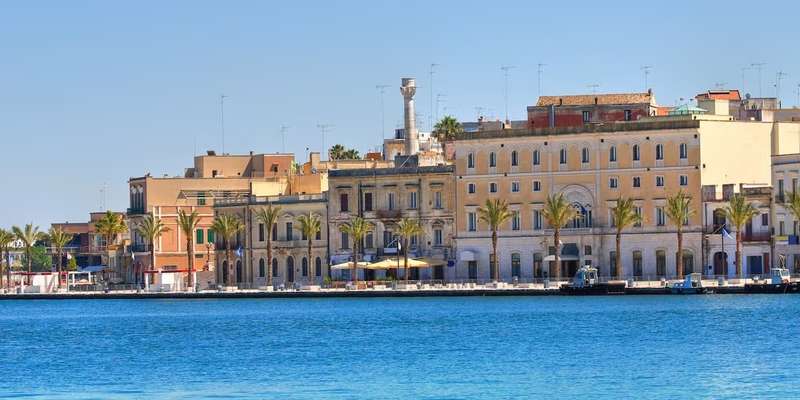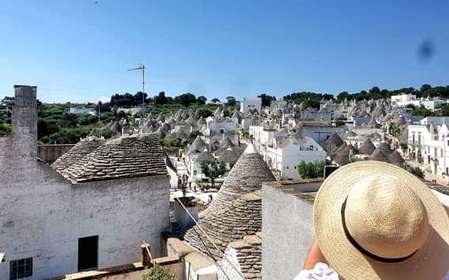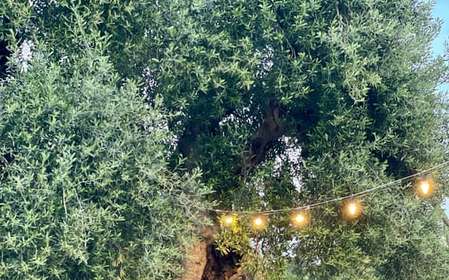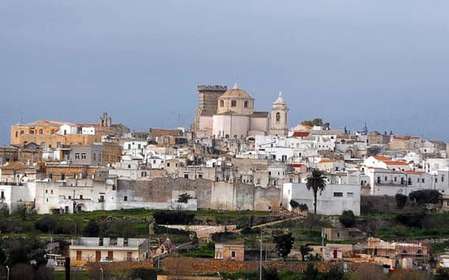- Home
- Useful Tips
- Best guided tours of Brindisi's...
Exploring Brindisi's labyrinthine historic center presents a classic traveler's dilemma. Nearly 68% of visitors report missing key landmarks according to regional tourism surveys, while others waste precious vacation hours circling the same piazzas. The city's layered history – from Roman columns to Baroque churches – becomes frustrating when you can't distinguish architectural eras or understand whispered local stories behind weathered facades. Morning cruise crowds further complicate independent exploration, with peak hours seeing wait times up to 40 minutes at major sites like the Roman Columns. Without context, the UNESCO-recognized old town risks becoming just another pretty backdrop rather than the living museum locals cherish.


Navigating Brindisi's maze-like alleys without a map
Brindisi's historic center confounds even GPS systems with its narrow vicoli (alleys) that suddenly dead-end at centuries-old buildings. What appears as a shortcut on your phone often leads to private courtyards or steep staircases. Local guides know which alleys connect through hidden arches and which seemingly closed doors actually lead to artisan workshops open to the public. They'll steer you around the notorious 'false piazza' where three identical-looking squares confuse disoriented visitors. For DIY explorers, the trick is to note distinctive architectural details – a carved lion above a doorway often marks original medieval structures that form reliable navigation points. The morning light hitting the Cathedral's rose window also serves as a natural compass toward the historic core.
Decoding 2,000 years of history in two hours
The city's condensed timeline becomes accessible through guides who contextualize landmarks like the Palazzetto del Corso – where Renaissance elegance conceals Roman foundations. Expert narrators help you spot Norman influences in the San Giovanni al Sepolcro church's rounded arches, then contrast them with Swabian elements at the Loggia Balsamo. For self-guided learners, the tourist office provides an excellent (though often overlooked) timeline brochure pairing each monument with its historical period. Serious history buffs should time their visit for the 11am English-language overview at the Archaeological Museum, which provides essential background before exploring. Remember that many building facades tell visual stories – the carved grapes on Palazzo Granafei-Nervegna reveal its origins as a wine merchant's home.
Avoiding the cruise crowd bottlenecks
When three ships dock simultaneously, Brindisi's compact center feels overwhelmed – particularly at the Roman Columns and the Cathedral staircase. Savvy guides use back routes to access these sites during peak hours (10am-noon), often entering through less conspicuous side doors. Independent travelers should note that the Columns are least crowded during lunch (1-3pm) when tour groups break for meals. The adjacent Archaeological Museum's courtyard offers a quiet alternative viewpoint of the monuments. For a truly crowd-free experience, the Church of Santa Teresa makes an excellent substitute for Baroque architecture enthusiasts, featuring stunning altarpieces without the queues.
Tasting Brindisi beyond the tourist menus
Many guided tours now incorporate culinary stops that reveal authentic flavors away from the harbor's overpriced restaurants. Look for experiences including the Antica Salumeria del Corso, where fourth-generation owners demonstrate traditional pasta-making using local durum wheat. Some guides even arrange visits to the underground frantoi (olive mills) where you can taste oil pressed from centuries-old trees. Budget-conscious travelers can create their own food trail by following the 'Brindisi DOC' stickers in shop windows – a municipal program marking establishments using hyper-local ingredients. Don't miss the tucked-away Pasticceria Santo Stefano, where nuns have baked almond pastries using the same recipe since 1843.



